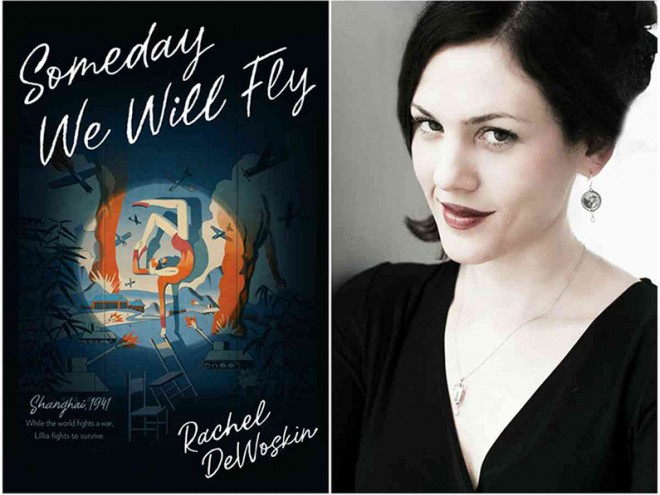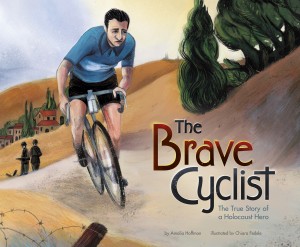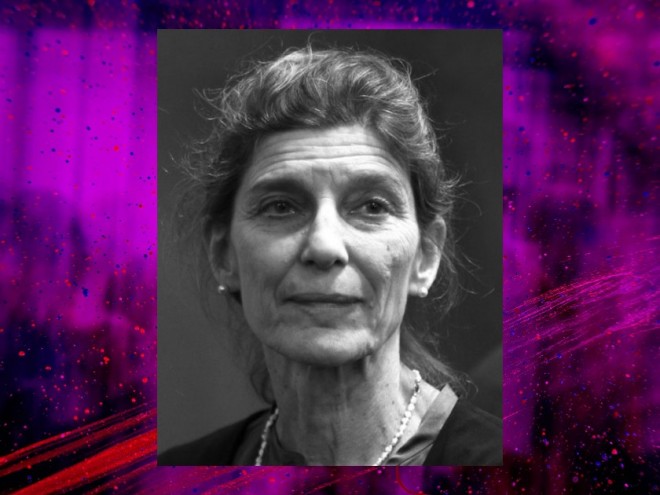The cover art on Francesco Tirelli’s Ice Cream Shop features a smiling boy walking with a grandfatherly man, each enjoying a multi-scoop cone of brightly colored gelato. The reader, anticipating a tale of intergenerational friendship and delicious food, will not be disappointed but will also be surprised. This new translation of an Israeli picture book moves from Italy to Budapest, from a young boy with dreams of opening an ice cream shop to a successful business owner who risks his life by sheltering persecuted Jews. Brightly colored pictures with subtle details alluding to historical events and deeply thoughtful text elevate this story to a modern classic of Holocaust literature for children.
The story begins with Francesco’s childhood. A sense of foreshadowing accompanies a picture of him playing with toy soldiers, military planes, and a small wheeled cart labeled “gelati.” When he moves to Budapest and confronts skepticism about his plans to open a shop, he persists in his belief that pastry-loving Hungarians can be convinced to buy ice cream. The setting is singular as Albert depicts a truly Middle European café, with pipe-smoking men and fur-coated women enjoying delicacies such as, “Zserbó cake” and “stuffed Gombóc.” Throughout the book, simple explanations alternate with specific allusions to time and place, immersing the reader in a distant and foreign setting.
A young Jewish boy, Peter, becomes a regular patron of Francesco’s store, but even before Nazis occupy the city, the pictures have alerted young readers to frightening changes. Not everyone in Budapest is as friendly and unprejudiced as the ice cream store owner. A two-page spread shows Francesco serving a smiling crowd of customers, while the swastika and stylized Aryan face on a poster in the corner point towards tragedy. Jews with downturned faces and glaring yellow stars affixed to their coats walk through the snow against a backdrop of tanks and soldiers. Meir’s words realistically express Peter’s fears: “But Peter’s family was very afraid. They were Jewish, and they were no longer wanted in Hungary…Who would help them?” Peter, his mother, and his father embrace in a kitchen with a Hanukkah menorah set unobtrusively next to a pitcher and scale; suitcases and a hastily overturned chair signify the chaos to come. Albert switches her color palette, using black and blue backgrounds and figures to highlight the changed circumstances of the characters.
A Hanukkah celebration becomes part of Francesco’s courageous decision to help his Jewish friends. Peter is an active participant in rescuing the winter holiday of rededication, even as he is hiding in a place where “there are small bottles with tantalizing aromas, but there is no hanukkiah.” The striking image of hidden Jews reclaiming their observance is poignant. The book’s concluding pictures of an adult Peter with his grandchildren in Israel, along with neatly placed mementos of his past, are both haunting and celebratory.
Francesco Tirelli’s Ice Cream Shop is highly recommended for children but will also be appreciated by adults because of its exceptional artwork and intelligent text. A brief “Epilogue” fills in facts and informs readers of Francesco Tirelli’s recognition by Yad Vashem.
Emily Schneider writes about literature, feminism, and culture for Tablet, The Forward, The Horn Book, and other publications, and writes about children’s books on her blog. She has a Ph.D. in Romance Languages and Literatures.





